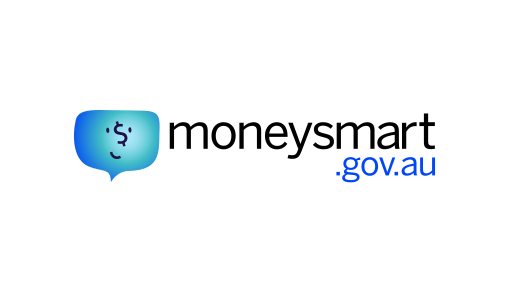A joint bank account is one that is shared by two or more people (account holders) and represents an opportunity for individuals to become more vulnerable to abuse. Account holders to a joint account have equal access to funds and equal responsibility for fees and charges. It is often used by couples to assist in managing bills and other payments.
A joint bank account may be set up as ‘one to sign’ or ‘both to sign’.
When an account is ‘one to sign’ or ‘either to sign’, any account holder can access money in the account without the other person’s formal consent.
When an account is ‘both to sign’, all account holders must agree, or ‘sign’, for a person to access money in the account. Having a joint account that is ‘both to sign’ is less common because it can slow down the process of paying bills and accessing money, which can be inconvenient.
If you do have a joint account that is ‘one to sign’ and you become concerned about what the other person may do with the account, you can ask the bank to change the instructions to ‘both to sign’.
When you set up a joint account, it is a good idea to agree with the other account holder how the account will be used, what it can pay for and how much can be withdrawn before you need to consult each other.
 Read more about joint accounts on Moneysmart.
Read more about joint accounts on Moneysmart.
 Read FRLC's fact sheet on family breakdown and finances.
Read FRLC's fact sheet on family breakdown and finances.

